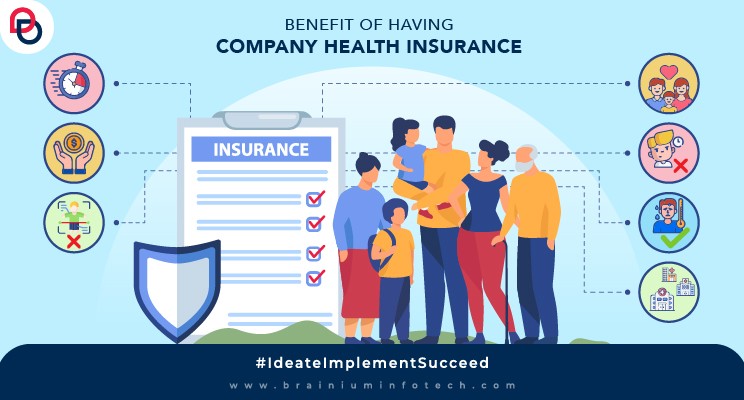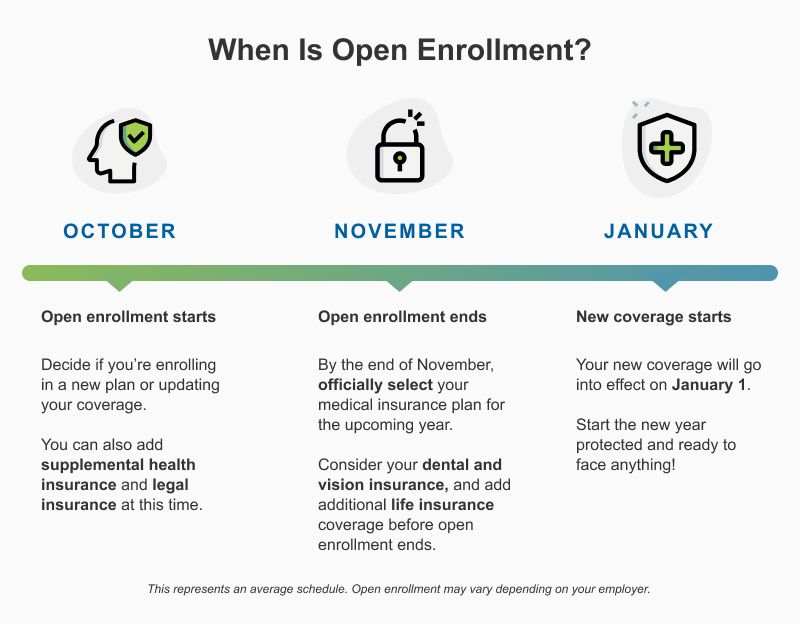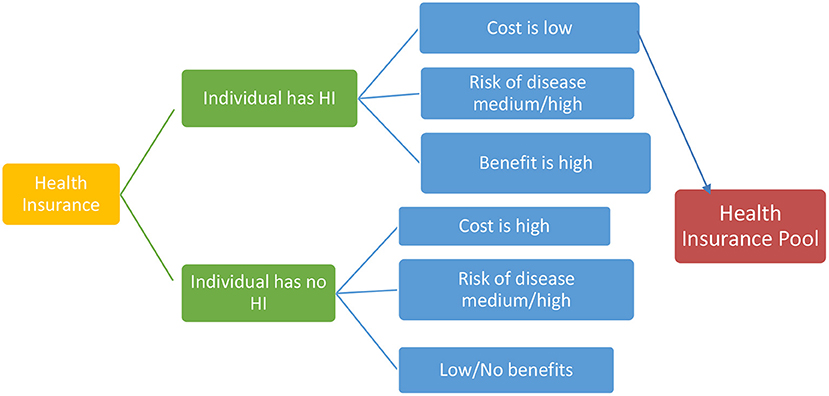What Does Medicare Advantage Agent Mean?
What Does Medicare Advantage Agent Mean?
Blog Article
Little Known Questions About Medicare Advantage Agent.
Table of ContentsGetting The Medicare Advantage Agent To WorkRumored Buzz on Medicare Advantage AgentMedicare Advantage Agent for Dummies

follows from puzzling the fairly young age profile of the without insurance with the better health and wellness, usually, of more youthful persons. This covers the link in between health condition and medical insurance. For those without access to work environment medical insurance, poor health and wellness is a prospective obstacle to purchasing nongroup protection due to the fact that such protection might be very priced, exclude pre-existing problems, or be simply not available. The number of without insurance Americans is not particularly huge and has actually not changed in current years. Seven out of 10 participants in a nationally depictive study believed that fewer Americans lacked health insurance coverage than really do(Fronstin, 1998). Approximately half(47 percent )thought that the variety of individuals without wellness insurance policy decreased or remained constant over the latter fifty percent of the last years(Blendon et al., 1999). This decrease of practically 2 million in the number of individuals 'without insurance coverage (a decrease
of around 4 percent)is absolutely a positive adjustment. With a softer economic climate in 2000 the most current reported gains in insurance coverage might not continue(Fronstin, 2001 ). The decline in the number of uninsured will not proceed if the economy continues to be sluggish and health care prices continue to outmatch rising cost of living. This is because the information were collected for a duration of strong financial performance. Of the estimated 42 million individuals who were uninsured, all yet regarding 420,000(about 1 percent)were under 65 years of age, the age at which most Americans end up being qualified for Medicare; 32 million were grownups in between ages 18 and 65, around 19 percent of all adults in this age group; and 10 million were children under 18 years old, concerning 13.9 percent of all children (Mills, 2000). These estimates of the variety of persons without insurance are produced from the annual March Supplement to the Existing Populace Study (CPS), conducted by the Demographics Bureau. Unless or else noted, national price quotes of individuals without health insurance and percentages of the population with various sort of insurance coverage are based upon the CPS, one of the most widely used resource of estimates of insurance policy coverage and uninsurance rates. These surveys and the price quotes they yield are described briefly in Table B. 1 in Appendix B - Medicare Advantage Agent. These studies differ in size and tasting approaches, the questions that are inquired about insurance coverage
The 25-Second Trick For Medicare Advantage Agent
protection, and the moment period over which insurance policy protection or uninsurance is measured(Lewis et al., 1998, Fronstin, 2000a ). Still, the CPS is especially helpful due to the fact that it produces annual quotes relatively promptly, reporting the previous year's insurance protection estimates each September, and since it is the basis for a consistent collection of estimates for greater than two decades, allowing for evaluation of patterns in protection with time.

The Basic Principles Of Medicare Advantage Agent
Over a three-year period beginning early in 1993, 72 million people, 29 percent of the U.S. populace, lacked insurance coverage for at least one month. Within a solitary year(1994), 53 million individuals experienced at the very least a month without coverage(Bennefield, 1998a). Six out of every ten without insurance adults are themselves used. Although working does boost the possibility that and one's family members will certainly have insurance, it is not a guarantee. Also members of family members with 2 permanent wage income earners have almost a one-in-ten opportunity of being without insurance (9.1 percent uninsured price)(Hoffman and Pohl, 2000 ). The connection between medical insurance and accessibility to care is well established, as recorded later on in this chapter. Although the relationship between medical insurance and health results is neither direct neither basic, an extensive clinical and wellness services research literary works web links medical insurance coverage
to enhanced accessibility to care, much better top quality, and boosted personal and population health and wellness standing. The 2nd record, on individual health outcomes for without insurance adults, is represented by the inner circle of the figure, while the third report, on family wellness, incorporates the topics of the 2nd report yet highlights published here a different device of analysis, namely, the family. The sixth record in the series will certainly provide information regarding strategies and efforts carried out in your area, statewide, or country wide to attend to the absence of insurance coverage and its adverse influences. Levels of analysis for analyzing the impacts of uninsurance. This conversation of health and wellness insurance coverage focuses mostly on the U.S. populace under age 65 because basically all Americans 65 and older have Medicare or various other public insurance coverage.
It concentrates specifically on those without any health and wellness insurance coverage for any length of time. The issues dealt with by the underinsured remain in some areas comparable to those encountered by the without insurance, although they are typically less serious. Uninsurance and underinsurance, nonetheless, include definitely various policy issues, and the techniques for resolving them might vary. Throughout this research study and the 5 records to adhere to, the major focus is on persons with no wellness insurance coverage and therefore no support in paying for health and wellness care beyond what is available via charity and safeguard institutions. Wellness insurance is an effective variable impacting receipt of care due to the fact that both clients and physicians reply to the out-of-pocket price of solutions. Wellness insurance policy, nevertheless, is neither required neither enough to get to medical services. The independent and straight result of health and wellness
insurance coverage protection access accessibility health wellness is well establishedDeveloped Others will obtain the wellness care they require also without medical insurance, by spending for it expense or seeking it from service providers who offer treatment cost-free or at highly subsidized prices. For still others, health and wellness insurance alone does not make certain receipt of treatment because of various other nonfinancial barriers, such as an absence of health treatment companies in their area, limited access to transportation, illiteracy, or etymological and cultural distinctions. Formal study about uninsured populaces in the USA dates to the late 1920s and early 1930s important source when the Committee on the Cost of Treatment generated a series of reports regarding funding physician office brows through and hospitalizations. This problem came to be prominent as the varieties of clinically indigent climbed throughout the Great Clinical depression. Empirical studies consistently support the web link in between access to care and boosted health results(Bindman et al., 1995; Starfield, 1995 ). Having a routine resource of treatment can be considered a predictor of accessibility, instead than a straight measure of it, when wellness outcomes are themselves used as access indicators. This expansion of the notion of access measurement was made by the IOM Committee on Checking Accessibility to Personal Healthcare Services(Millman, 1993, p. Whether or not parents are guaranteed shows up to affect whether their youngsters obtain treatment along with just how much careeven if the youngsters themselves have coverage(Hanson, 1998). The wellness of moms and dads can impact their capacity to care for their youngsters and the degree of household anxiety. Stressing over their children's accessibility to care is itself a resource of tension for parents. Three chapters follow in this record. Chapter 2 offers a summary of how employment-based medical insurance, public programs and individual insurance plan run and connect to supply extensive however incomplete protection of the united state population. This includes a review of historic trends and public laws affecting both public and exclusive insurance policy, a discussion of the communications amongst the different kinds of insurance policy, and an examination of why individuals move from one program to an additional or finish up

Report this page